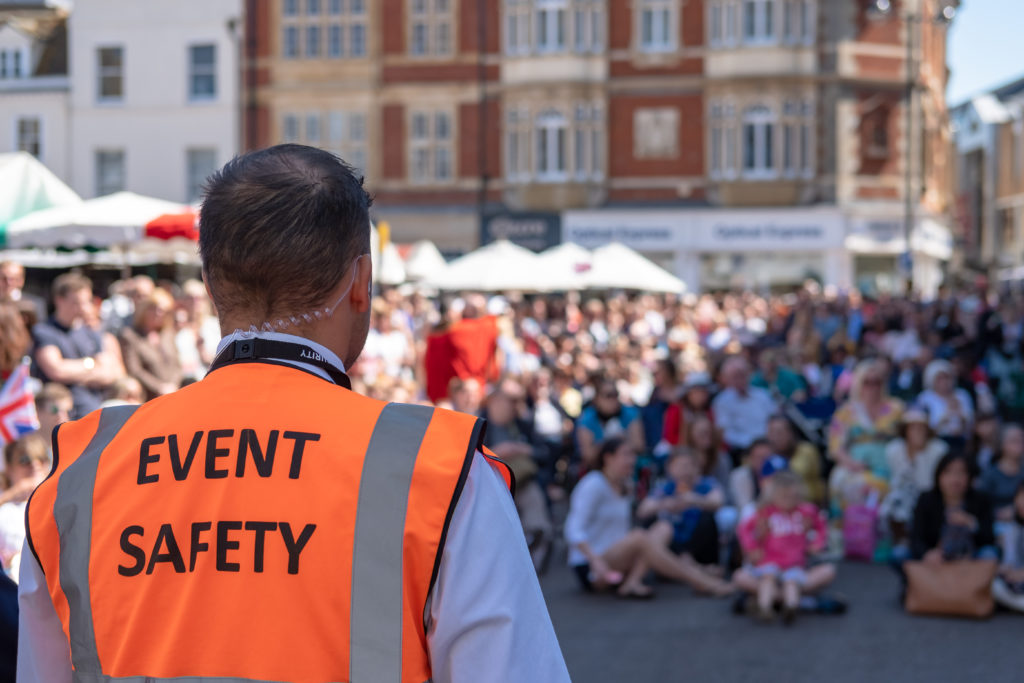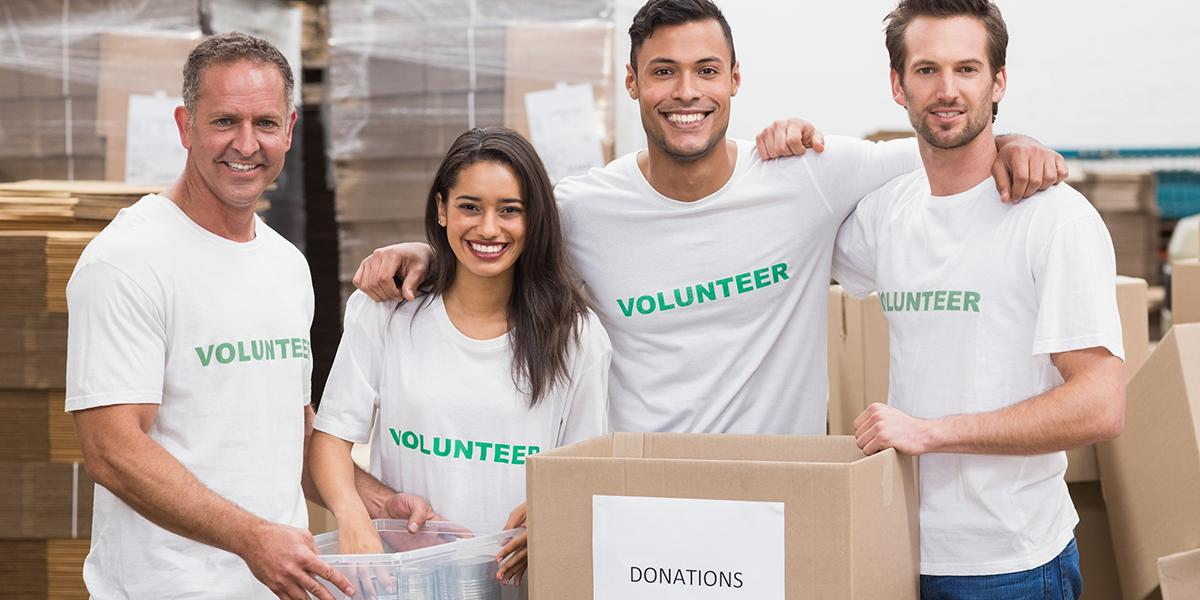Let’s be honest, some volunteers aren’t the best fit for your organization. Did a new volunteer just say a profanity at or near a guest? Do you have a volunteer who opted to play on his phone for an hour instead of setting up the merch table?
Poor performance isn’t always grounds for firing; so we’ve put together a handy guide for how to deal with the not so helpful volunteer.
The Easy One
If a volunteer does something so terribly inappropriate that your mouth falls open when you find out… it’s definitely fair to let them go. If more than a few volunteers or attendees report that they can’t work with a certain person… it’s decision time again! Use your best judgment, but if you’re floored by a volunteer’s behavior and they’re a risk or detriment to your event, just get let them go. It’s tough, but warranted.
It’s Not You, It’s Me
While volunteer coordinators may be the smartest people we know (we’re biased), they’re not mind readers.
You may have not foreseen a certain characteristic or (lack of) skill in a volunteer that would become problematic in their volunteer role later. How could you have known? There is nothing wrong with admitting you put someone in the improper spot. Just find a new position that is a better fit for them! This will make your volunteer feel more fulfilled and your team work more efficiently.
Walk it Off
What may be an easy two hours of standing for one person could be an agonizing lifetime without a snack break for another. Pay attention to when your volunteers might not be faring well and know when it’s time to offer them a break. Maybe that cranky volunteer at the check-in table is just hungry or struggling through a sugar drop.
Overall, we usually suggest avoiding firing a volunteer unless they have done something truly unacceptable. At the end of the day, volunteers are there to support your cause. They have a variety of strengths and skills, and they may shine better in certain areas than others. Nurture open, honest communication with your volunteers and put yourself in their shoes from time to time. Where would they be most comfortable, confident, and pleased? That might just be the perfect spot for them.





 insurmountable.
insurmountable.  Some people have a knack for resolving issues with guests or participants on the day of an event. For others it takes more planning ahead of time. Think through communication strategies to efficiently alert the necessary people of developing complications. Identify as many possible problems that may arise and have standard responses for each. As you incorporate these strategies and responses into your volunteer training, you can gain confidence and experience when the actual event arrives.
Some people have a knack for resolving issues with guests or participants on the day of an event. For others it takes more planning ahead of time. Think through communication strategies to efficiently alert the necessary people of developing complications. Identify as many possible problems that may arise and have standard responses for each. As you incorporate these strategies and responses into your volunteer training, you can gain confidence and experience when the actual event arrives. Venue
Venue Vendors
Vendors Where would we be without the numbers? Creating budgets and securing sponsors make a huge difference, yet these two topics come with the biggest intimidation factor, at least for me personally. We have some great resources on this topic, as well, but be assured: research in this area really pays off!
Where would we be without the numbers? Creating budgets and securing sponsors make a huge difference, yet these two topics come with the biggest intimidation factor, at least for me personally. We have some great resources on this topic, as well, but be assured: research in this area really pays off! 

 Let’s keep talking about brand ambassadors! In our first post on growing brand ambassadors, we talked about putting together intentional steps to help move your volunteers from people who work with you occasionally into people who are fired up about what you do and talk about you even when they’re not volunteering. (If you missed the first post, go ahead and catch up! We’ll be here when you’re done.)
Let’s keep talking about brand ambassadors! In our first post on growing brand ambassadors, we talked about putting together intentional steps to help move your volunteers from people who work with you occasionally into people who are fired up about what you do and talk about you even when they’re not volunteering. (If you missed the first post, go ahead and catch up! We’ll be here when you’re done.) There’s an abundance of buzzwords in our industry, and brand ambassador is right up there on the list. But don’t look past this one! Spend some time and resources on the concept of brand ambassadors, and you’ll maximize your volunteers to the great benefit of your organization.
There’s an abundance of buzzwords in our industry, and brand ambassador is right up there on the list. But don’t look past this one! Spend some time and resources on the concept of brand ambassadors, and you’ll maximize your volunteers to the great benefit of your organization.